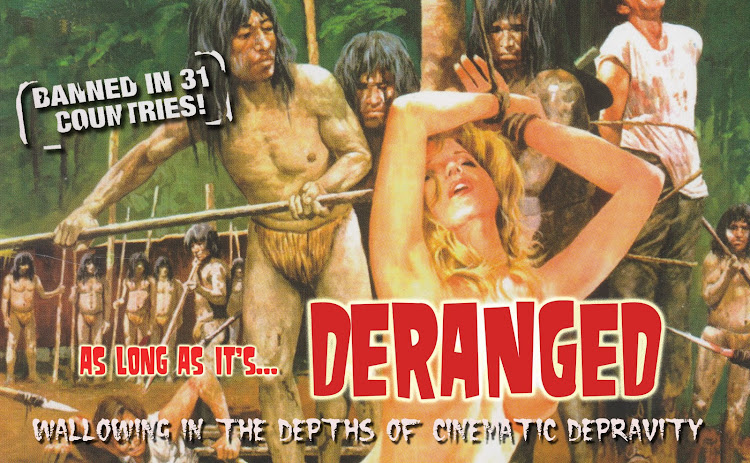
The year 1986, the place,
Fast-forward ten years to
By a remarkable coincidence, Lily (who is now an air hostess) visits the
During a trip into the bush to purchase pigs from the local Zulu tribe, Kai and his employer notice that many tribe members are either dead or dying, open sores covering the bodies. Despite the risk of disease, the pigs are still purchased and Kai and his employer set off on the return journey. Kai crashes the truck and after arguing with his employer, wanders off, stumbling across a female tribe member who is in some obvious physical difficulty. The opportunity for quick and easy sex rather than assistance is the only thing on Kai’s mind. Things start to go wrong as soon as Kai gets in the saddle as his oblivious partner starts to spasm and vomit. Quickly zipping himself up again, Kai returns to the truck not mentioning his encounter.
Kai quickly falls sick, unaware that he has now contracted the deadly Ebola virus and Ling decides to use the opportunity to get rid of him. Before her plans can come to fruition however, Kai pulls himself together and murders Ling, her husband and a cousin. After helping himself to the restaurant takings and serving up his victims in African buns, Kai decides to return to
Back in his homeland, Kai carries on having unprotected sex with a group of prostitutes and his old girlfriend Har as the Ebola virus spreads through the city. With the assistance of Lily and the South African police, who are now well aware of Kai’s past and his status as a virus carrier, the Hong Kong police are able to locate Kai in an attempt to stop any further spread of the Ebola virus. Not that Kai is going down without a fight…
Anyone who enjoys the myriad of reprehensible characters that Anthony Wong seems to specialise in (The Untold Story, A Lamb in Despair, Rape Trap) will find plenty to keep them entertained here. Wong is perfectly cast on the role of overweight sleazeball Kai and the film is thankfully without the episodes of slapstick style humour that marred previous Wong outing The Untold Story. Any laughs – and believe me, there aren’t many – are usually as a result of Wong’s outrageous facial expressions as he goes about his business. Director Herman Yau has confirmed that certain scenes were trimmed of gore but that footage no longer remains available, effectively meaning that current releases are probably as complete as we’re ever likely to see. That said, The Ebola Syndrome remains well worth a watch should the opportunity arise.
Rob Bewick






